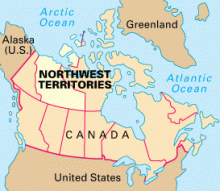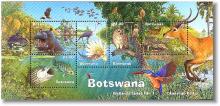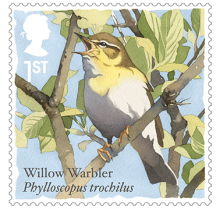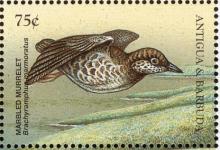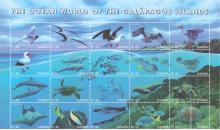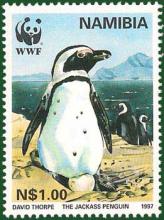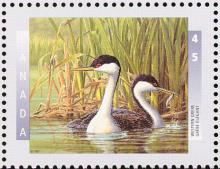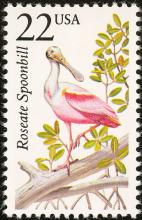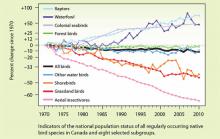Most shorebirds nesting in the Arctic and many boreal birds that feed on aerial insects are declining
Last month, EDGE acquired a draft of the Government of the Northwest Territories State of the Environment Report Highlights 2016, the first report of its kind done since 2011. Although the report is still a work in progress, the picture it paints is, unsurprisingly, grim. Migratory birds are hit especially hard. “Elders in the NWT have noted for many years that migratory birds are in sharp decline. Bird monitoring has shown that most shorebirds nesting in the Arctic are declining and that many boreal birds that feed on aerial insects are declining.”

